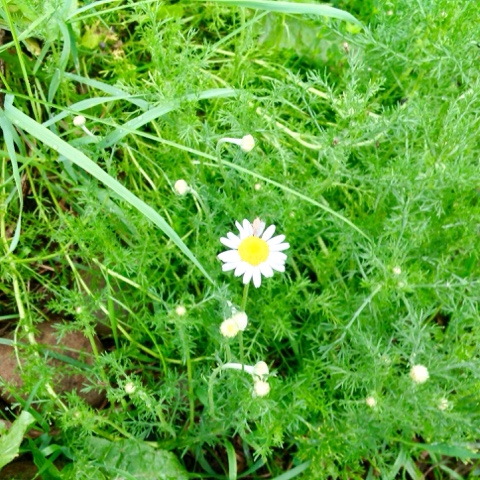Our scholars are learning that forest gardening has been nearly universal amoung human cultures, "the oldest human land use," it's being called. It's certain that some form of "Agriforest gardening" system has been a large part of the way that most humans who have ever lived have met most of their needs, right up until very, very recent history.
Becoming forest gardeners, we re-take our rightful place as the gentle, kind "keystone species" of our ecosystems, learning to work with nature, as a part of it, rather than against it as an outsider.
How to start? You already know. We evolved doing this, making healthy, rich ecosystems that support all forms of life. Our eyes, ears and all our senses tell us when we're in such a place and we know it by its "beauty." We instinctively know healthy soil, good compost and healthy forests when we see them.
Almost every property could benefit from a hedgerow, a traditional forest garden system, loaded with flowers, wildlife and fruit like these nanking cherries. Or perhaps a few fruit trees, guilded with diverse vertical layers of fruits and vegetables. And the whole natural community around you will be healthier for it.
In return, this healthy ecosystem will supply you with food, medicine and beauty throughout the year. At the moment, ours is giving us amazing daily salads with mixed greens, self-sown butter lettuce, flowers and strawberry vinaigrette, a weekly pot of soup or stew, and more veggies for cooking and fresh eating than we ever get around to picking.
In fact, variety might be the single most important key to a successful forest garden. Variety means you're giving mother nature the tools she needs to create a healthy, functioning ecosystem, rich with connections and a vibrant "economy" between elements.
And that diversity should extend to the "architecture" of the garden, with "hetrogenous" textures and spacing being the norm, rather than "homogenous" ones. Such diversity virtually guarantees that SOMETHING will work and your garden will begin to reward your work with low-maintenance yields. (Perennial Chamomile flowers)
And you'll begin a journey of co-creation with nature, evolving along with your forest garden, as one part of a self-organizing, natural system... a uniquely human experience you'll share with almost all of our human ancestors going back to the dawn of time.
It's my sincere hope that this blog can help inspire others to become forest gardeners and join the journey back to this lost way of human being.












No comments:
Post a Comment